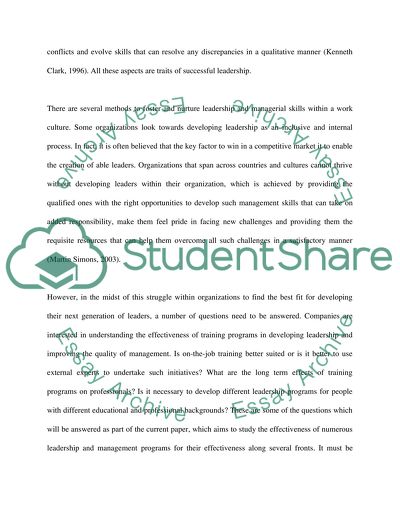Cite this document
(“(HUMAN RESOURCE DEVELOPMENT) EFFECTIVE TRAINING METHODS FOR LEADERSHIP Essay”, n.d.)
(HUMAN RESOURCE DEVELOPMENT) EFFECTIVE TRAINING METHODS FOR LEADERSHIP Essay. Retrieved from https://studentshare.org/miscellaneous/1561499-human-resource-development-effective-training-methods-for-leadership-and-management
(HUMAN RESOURCE DEVELOPMENT) EFFECTIVE TRAINING METHODS FOR LEADERSHIP Essay. Retrieved from https://studentshare.org/miscellaneous/1561499-human-resource-development-effective-training-methods-for-leadership-and-management
((HUMAN RESOURCE DEVELOPMENT) EFFECTIVE TRAINING METHODS FOR LEADERSHIP Essay)
(HUMAN RESOURCE DEVELOPMENT) EFFECTIVE TRAINING METHODS FOR LEADERSHIP Essay. https://studentshare.org/miscellaneous/1561499-human-resource-development-effective-training-methods-for-leadership-and-management.
(HUMAN RESOURCE DEVELOPMENT) EFFECTIVE TRAINING METHODS FOR LEADERSHIP Essay. https://studentshare.org/miscellaneous/1561499-human-resource-development-effective-training-methods-for-leadership-and-management.
“(HUMAN RESOURCE DEVELOPMENT) EFFECTIVE TRAINING METHODS FOR LEADERSHIP Essay”, n.d. https://studentshare.org/miscellaneous/1561499-human-resource-development-effective-training-methods-for-leadership-and-management.


